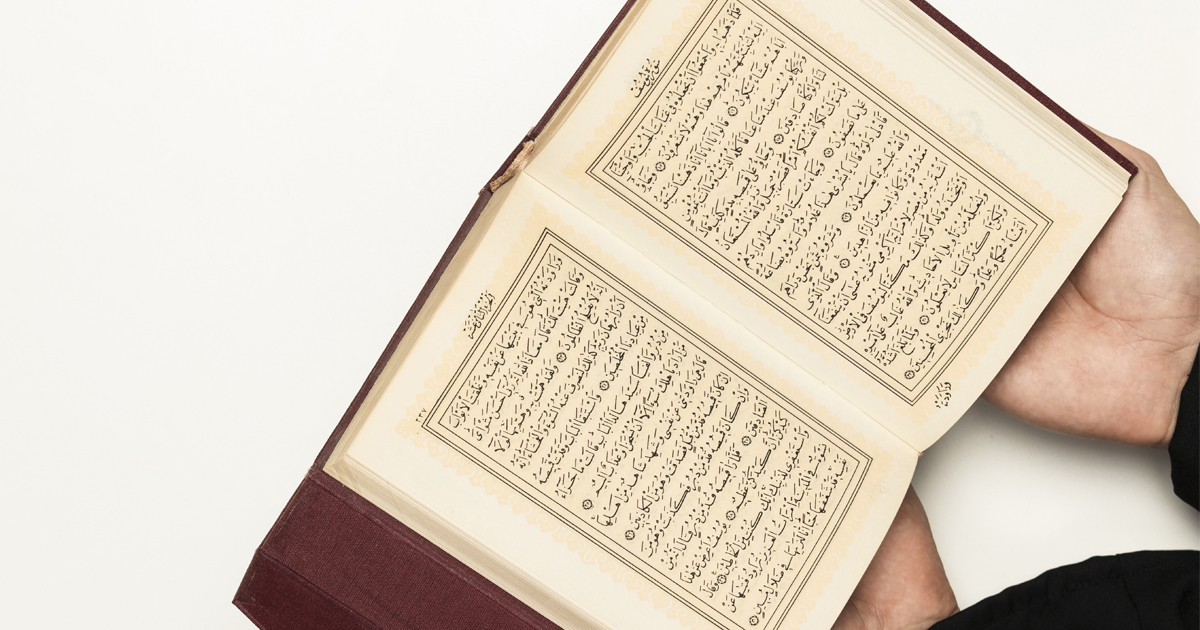The Arabic alphabet contains consonants and vowels, which still figure into word formation. This means it’s not through letters as it occurs in other languages. At Arab Academy, we teach how the language utilizes vowels in both written and spoken words. Here are some ways that the Arabic vowel marks affect pronunciation:
The Purpose of Vowels
The purpose of vowels and their marks helps to understand their use in Arabic. They differentiate meaning through variations in sound, tone, and duration. This can occur in the language as modifiers attached to other letters.
“Tashkeel” and the Arabic Alphabet
Arabic utilizes “tashkeel,” which are diacritical marks used to denote vowels. Nearly every letter in the Arabic alphabet (when spoken) is accompanied by a diacritic specifying its use and pronunciation. Vowel marks in Arabic are exclusively aspects of speech, meaning they are rarely used in writing. Some exceptions are written texts meant to be read aloud, such as the Qur’an.
Short Vowels
The Arabic language recognizes two types of vowels: short and long. Short vowels are distinguished by sound. Their diacritics are placed above or below the letter they accompany. Pronunciation follows this pattern as one enunciates a letter and then attaches the vowel sound (determined by the symbol and placement of the diacritical mark) before proceeding to the next letter.
There are three short vowels in Arabic:
Fatehah: This indicates the “a” sound (as in “cat” or “sack”). It occurs by placing “َ “over the letter being modified.
Kasrah: This denotes the “e” sound (like in “hit” or “ring”). Kasrah uses the same diacritic as fatehah, yet it is placed below the letter (“ِ “).
Dammah: This requires the “u” sound (as in “look” or “cut”). Its mark (“ُ “) is placed above its corresponding letter.
Long Vowels
“Mad” (or “Al-Madd”) are the long vowels used in Arabic. A speaker would elongate the pronunciation of these vowels. In English, this often occurs using the double letter (like with “food”). English speakers will also elongate vowel sounds with single letters depending on the following consonant (the “a” in “sad” is held longer than the sound in “bat”). Arabic long vowels do not use diacritical marks; they are indicated by the subsequent letter. An elongated fatehah is followed by Alif (“ا”), kasrah should be followed by Yaa (“ي”), and Waaw (“و”) follows the elongated dammah.
Arabic Words Without Vowels
Instances of letters in Arabic without an accompanying diacritical mark are called “sukoon.” This word means “silence” in Arabic. The lack of a mark indicates that the speaker only pronounces the consonant sound. Sukoon occurs at the end of both syllables and words in Arabic. No Arabic words begin with it.
Learn All About Arabic Vowels
Vowel usage in the Arabic alphabet may be a new concept for many. Practicing these principles can make applying them in speech feel more natural. Arab Academy’s resources are also available to assist you. Our staff of native Arab speakers can easily provide answers and examples on these and other topics.







